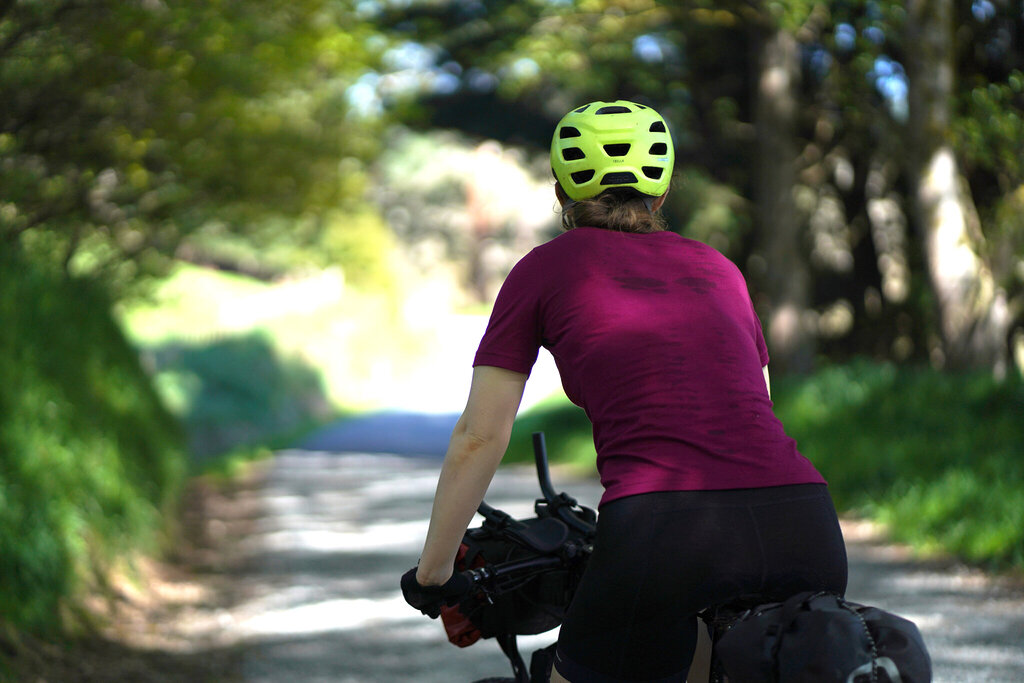The Tour Aroha brevet is a serious undertaking, with real and serious risks. You will need to be self-sufficient and prepared to look after yourself and your bike, including if things don’t go to plan. Here are some safety tips and pointers to ensure you are well prepared.
(Reproduced from the Tour Aotearoa website, with thanks to The Kennett brothers.)
Know your fitness and skills
You need reasonable fitness and bike skills to be able to complete the Tour Aroha brevet safely.
Remember that loaded bike handles differently from a weekend recreation rig. You may need to get off and push for some sections. Remember that pushing your bike forward is still moving forward. Walking a steep, slippery track is much faster than a trip to the hospital.
Listen to your body and take breaks when needed, or even before you think you need one. Remember that your bike and gear is only one part of your set, and your body is the other – you need to look after both!
Plan to be flexible
An overambitious itinerary can lead to poor decision-making. Keep your plans flexible and add 1–2 days buffer in your schedule in case of unexpected hold-ups, such as bad weather or mechanicals.
Respect the weather
New Zealand’s weather can be unpredictable and change quickly. Riding in heavy wind or rain is very different to riding on a clear day. Make sure you have suitable warm and waterproof gear and be prepared to cut your day short if it gets too bad.
Respect the remoteness
There are areas along the Tour Aroha route with little or no cell phone coverage. Take measures to ensure your own safety even when out of signal range.
- Carry an emergency personal locator beacon (PLB) or a personal satellite tracker (SPOT, InReach) on your person – it won’t help if you have it attached to your bike and you part ways during a serious crash. These devices can summon emergency services and share your location with friends.
- Be prepared to navigate when you are out of cell phone coverage and choose a system that shows your location, quality maps, and has good battery life. GPX files are on our web site.
- Travelling in small groups will reduce the risks. But it’s still a good idea for every rider to have first aid skills and carry a first aid kit.
Know your bike
To ride the self-supported Tour Aroha event, you must have the equipment and ability to fix a puncture, a broken chain, and a bent wheel at the very least.
Carry spare parts and tools that you may need to fix your bike, for example spare brake pads, spare tubes, alan keys, tyre levers. A multi-tool is a good idea.
You must wear a helmet while riding – it’s the law in New Zealand.
